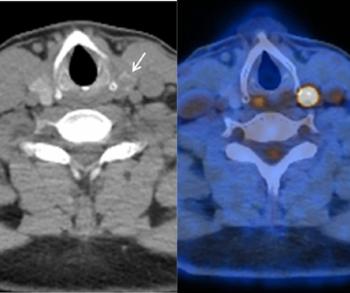
Endovascular AAA produces better mortality rates than open surgery
Thirty-day mortality rates in patients with abdominal aortic aneurysms are reduced by two-thirds when physicians use endovascular repair as opposed to conventional open surgery.
Thirty-day mortality rates in patients with abdominal aortic aneurysms are reduced by two-thirds when physicians use endovascular repair as opposed to conventional open surgery.
The good news for the percutaneous method is tempered, however, by an increase in secondary procedures associated with it, according to researchers at the Imperial College London at Charing Cross Hospital in the U.K.
Dr. Roger Greenhalgh, head of the department of vascular surgery at Imperial College, and colleagues examined nonemergency patients who had been randomly assigned to receive either endovascular aneurysm repair (EVAR) (543) or open surgery (539).
Investigators recruited patients from 41 British hospitals experienced in the EVAR technique. All patients were at least 60 years old and had aneurysms that were at least 5.5 cm.
Thirty-day mortality rates in the patients receiving EVAR were 1.7% compared with 4.7% in the patients undergoing open surgery. However, secondary interventions increased by 75% in the EVAR cohort. The study appeared in the Sept. 4 issue of The Lancet.
It is too soon to tell whether the trade-off between improved 30-day mortality results and an increase in secondary procedures is workable, Greenhalgh said. Long-term durability results are needed to validate these preliminary results. The investigators plan on releasing durability data in June 2005.
"These early results with EVAR, applied to large aneurysms in suitable patients, provide justification for continued use of this technique in controlled or trial settings," he said.
The rupture rate for aneurysms smaller than 5.5 cm is less than 1% per year, and the Eurostar registry data suggests a 2% complication rate after EVAR. Greenhalgh said that it is not recommended to use EVAR for AAAs smaller than 5.5 cm.
For more information from the online Diagnostic Imaging archives:
Newsletter
Stay at the forefront of radiology with the Diagnostic Imaging newsletter, delivering the latest news, clinical insights, and imaging advancements for today’s radiologists.



























